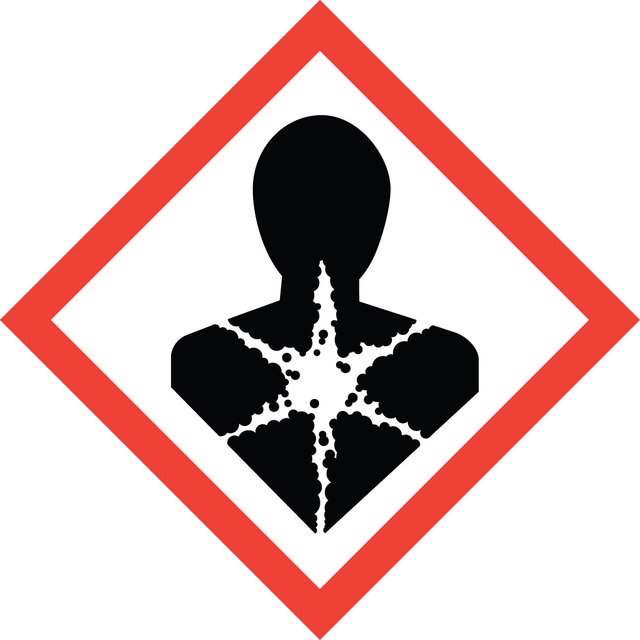The minimum activity of this product is 125 units per milligram. The specific method used to determine the activity of this material is considered proprietary. However, a geneeral activity protocol is available at the following link:
https://www.sigmaaldrich.com/US/en/technical-documents/protocol/protein-biology/enzyme-activity-assays/enzymatic-assay-of-collagenase-using-n-3-2furylacryloyl-leu-gly-pro-ala?srsltid=AfmBOoq8fzW3O4ksOh8nr0Xe0DToP1T4FK6HnZuy5XtgfWRllrpdEHKV
Please see the following link to review a sample or lot specific Certificate of Analysis:
https://www.sigmaaldrich.com/product/sigma/c0130#product-documentation



